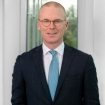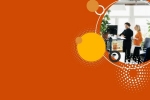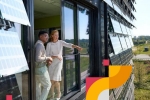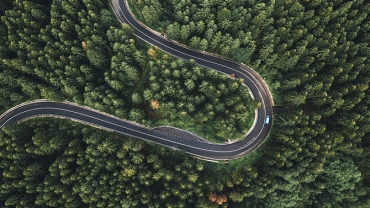
Less focus on waste separation, more focus on recycling
16/09/22
PwC's Plastic Pathways study
In the Netherlands, we often focus on how to separate plastic waste, while recycling is becoming a much more important issue. Today, on World Cleanup Day, Paul Nillesen and Rutger Bots, energy consultants at PwC Strategy&, publish their 'Plastic Pathways' study. This report shows that there is little difference between the cost of plastic waste 'source separation' or 'post-separation'.
'We focus too much on how we separate our waste. The good news is that we separate and sort seventy to eighty percent of plastic waste, but the bad news is that only a third (32 to 35 percent) is actually recycled.'


The routes of waste disposal
The five main routes for plastic waste include source separation, post-separation, hybrid separation (a combination of source and post-separation), through landfill and waste to energy conversion. Source separation involves separating the waste before it is collected. Post-separation means the waste is separated by waste processors. In the Plastic Pathways study, Bots and Nillesen compare these five waste pathways through a detailed model. This model helps waste companies and municipalities calculate their carbon emissions, economic costs and recycling performance. For them, this report can be an eye-opener. 'They can analyze which waste route is appropriate,' Nillesen said.
'In the waste sector, there has been a debate for years about source separation or post-separation,' says Bots. 'You have proponents and opponents. We did an initial study five years ago. Now there are many new figures and insights and we have done another extensive study.'
'Post-separation more cost-effective in the long run'
The Plastic Pathways study shows, among other things, that source separation costs between 1,036 and 1,138 euros per ton of plastic waste, while post-separation costs 1,163 euros per ton. 'That difference is quite small. In time, we expect post-separation to become cheaper as a result of technological advances and economies of scale. But local circumstances, such as the degree of urban complexity, will continue to play an important role in the final interpretation. The less complexity there is, the better source separation performs," says Nillesen.

Getting the flywheel going
Of the three steps in the waste process (separation, sorting and recycling), improving the recycling process will have the greatest impact on final results. 'The focus should therefore be on encouraging the use of attractive plastics. As an example, I would mention PET bottles. That is plastic that you can recycle excellently. Then that flywheel gets going. We therefore make a recommendation in the report to make improvements at the front end,' says Bots.
Nillesen elaborates: 'Some types of plastic are unusable for recycling. In terms of recycling, unfortunately you can't do anything with them. We must therefore think about what kind of plastic we put on the market, and take more account of the effectiveness of recycling. A next study will deal with that.'
'Better cooperation needed across the chain'
Bots and Nillesen hope their Plastic Pathways report will be read by policymakers and waste companies. 'Because ultimately they have to pull the cart. For municipalities, our model helps clarify whether it is better for them to separate at the source or to post-separate. So at the front end we have to make sure that the unusable plastic no longer gets in, so that at the back end we don't have to bother with it when recycling. People don't actually go to the supermarket thinking they can't buy unusable plastic. You therefore have to encourage companies to use good usable plastic suitable for recycling,' Bots explains.
'Post-separation will improve more and more in the future thanks to technological advances in machinery. The Netherlands is one of the frontrunners when it comes to the waste market. But we must now focus on quality and less on quantity. Better cooperation across the waste chain is needed,' Nillesen concludes.
Contact us

Energy - Utilities - Resources Industry Leader, PwC Netherlands
Tel: +31 (0)61 003 87 14


















